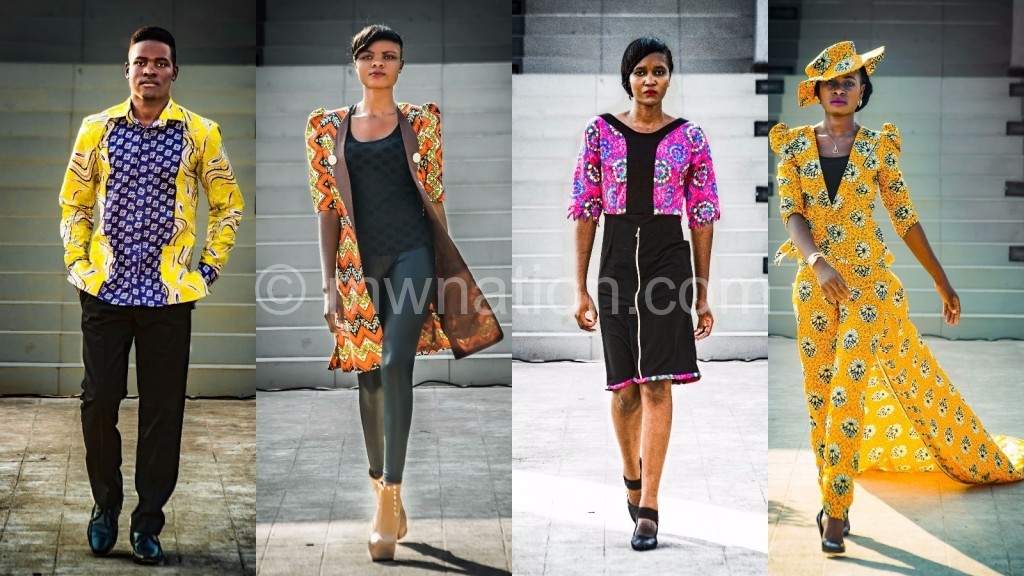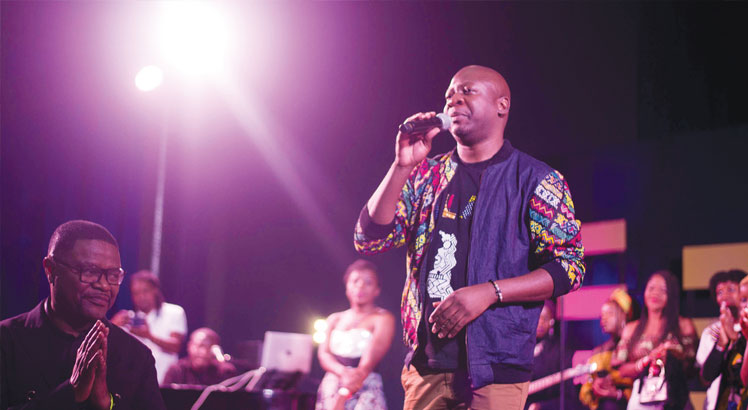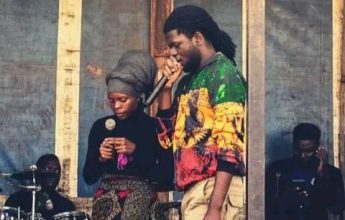The rise of the chitenje
From the world’s fashion capitals, New York, Barcelona, Paris to Africa’s trend hubs of Johannesburg, Accra and Nairobi, fashion lovers and trendsetters across the globe have embraced vibrant multi coloured cotton fabric that has been so warmly embraced and worn by many.
The trend is now seen almost everywhere in streets, catwalks and in every walk of life yet, way back, chitenje was more of a traditional aspect of life especially for women.
It was regarded in high repute as the most important article of clothing a woman—Malawian and African at large owned. Worn like a wrap around the waist or chest, over the head as a headscarf, or as a baby sling. it was considered primitive and out of fashion by most young people.
In Malawi, this outer, wrap-around skirt served many other purposes including as an apron, a basket, pot holder and just about anything else one can think of. More especially, it was a sign of respect for the woman.
Then came the time of chilundu, a piece of cloth woven from a fabric from the waist downwards, together with a blouse and duku.
For decades, Malawians were caught up in the trend of wearing the latest international fashion trends or designer label threads and apparels.
However, as fashion naturally evolves, the fashion industry continues to change in ways no one could ever imagine, such that the chitenje is fast becoming a must have fashion attire across the globe. Even males are appreciate this fabric such that more and more are found rocking chitenje wear and doing it well at various occasions, even in night clubs.
The foundation of the chitenje trend can be attributed to the likes of Nzika and Khalidwe wear, who along the way assumed the responsibility of designing clothes one can wear at engagement, bridal shower or wedding ceremonies.
Who knew a chitenje can be worn as a blazer or mixed with lace to make an elegant evening gown? Or that its loud prints can be used to make a beautiful summer dress? Add black chiffon and you have a chic little black dress with a simple yet colourful belt?
Fashion aficionado and Mzuzu
Fashion Week founder Wezzi Mzumara dubbed the trend #AfricaRising where people have begun to start supporting and urbanizing what is deemed as ‘traditional’, ‘local’ and ‘African’.
“The use of chitenje fabric has become more common especially with popular prints such as dashiki and the star material which can be found almost everywhere you go. But then textile manufacturers are now diversifying their products to fit Westernised consumer needs, the most recent trend in African Print fabrics that are sold is the matching print silk scarves which have recently popped up in the Mataifa Market in Mzuzu,” she said.
Clothes display, express and shape identity, imbuing it with a directly material reality. The communal and cultural ethics of people change with time throughout the world as well as in Malawi so do the fashion and other aesthetics of their arts also change throughout the ages. These changes, according to Mzumara, come about from both internal and external influences as far as clothing and fashion are concerned.
“I do think that celebrities who are not from the continent who have been supporting African Fashion for several years have played a major role in the change of the trend. I first noticed when Elle Varner and Solange were styled in African print fabrics in both their videos in 2011 more people started to wear print tops and or print blazers.
“That I feel was the beginning of African prints becoming a trend in the Wes. Then you began to see several other artists such as Rick Ross, Kanye West and Chris Brown all featuring African print and African fashion in there videos, most recently being Beyonce, who featured the Ivorian designer Loza Maleombho’s line in her Formation video that was released earlier this month. The chitenje or African print fashion is becoming more global and trends are beginning to identify and change themselves on a daily basis,” she explained.
With that change, chitenje has been re-styled with a modern touch to appeal to people of all ages. Gone are the days when the fabric was made for garments worn only for ceremonial purposes as now, fashion designers are adding a more modern and fashionable touch to them. One can now wear them causally and officially every day.
It can be worn in many ways other than the conventional ways dictated by society. You can dress it up or dress it down, the designs and ways of wearing it are almost infinite.
From scarves, belts, bow ties, blazers, trousers, shorts, shirts, skirts, dresses, shoes jumpsuits crop tops, clutch bags, to accessories like earrings, bangles, ribbons, fascinators, all in different shapes and sizes, are all part of this fashion haze. Fashion designers continue to do a great job by designing present day trends.
David Chirwa of Home Grown Lifestyle label believes the change is obviously western influenced.
“We living in a world of colour, images and full of life and chitenje have the ability to bring that out in a person. Its colourful, different patterns on the fabric makes each unique and different so it’s also just something that’s always been there but been lately made trendy. People can say the West made it trendy but I believe it’s African and that’s all that matters.
But what are fashion designers 2016 doing to preserve the chitenje and avoid relapsing into comma as witnessed in the past?
“By using it in a more trendy way that appeals to the current generation, we are preserving it. Because no matter how much the West will work on chitenje, it will still have an African feel and either way it still represents Africa and its art.
“Actually, the West is ahead of us in terms designing and production of the chitenje, so they took over from us and started coming up with diverse ideas on the patterns and materials used. It’s a good thing because now we have diverse types of fabric of chitenje,” said another designer, Christopher Ngalu.
Chatting with a few random people, it is discovered that people are more willing to wear chitenje outfits now than they were before, because then the designs were ‘simple and boring’ making the fabric look like it was only for the older generation.
“It surely is refreshing to see different types of people embracing material that typically describes most African attires,” Jesse Banda said.





